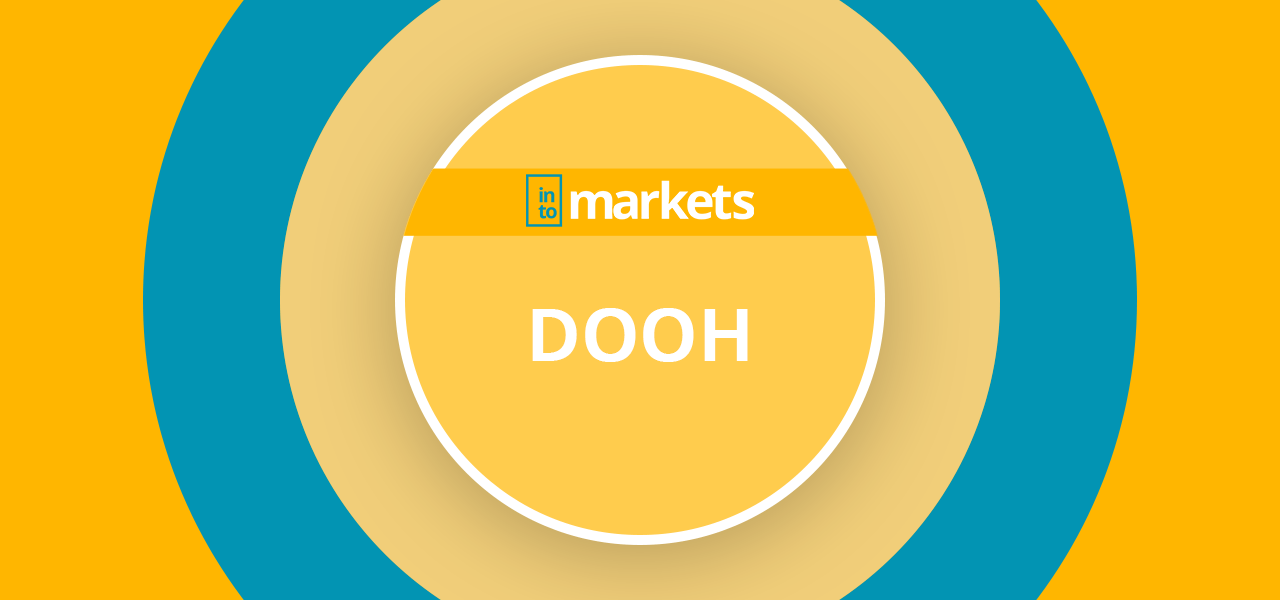What is DOOH?
DOOH is the short form of Digital Out of Home and thus the English term for digital outdoor advertising. In contrast to classic Out of Home (OOH) advertising, such as posters on lanterns, advertising pillars, or house walls, DOOH is exclusively digital and therefore brings many new opportunities for OOH advertising. In total there are more than 120,000 DOOH screens in Germany and worldwide this form of advertising is already one of the fastest-growing media. Although Digital Out of Home advertising is a relatively new web medium, it has already been noticed by many. These are the results of a current trend analysis 2019 on the perception of DOOH media, published by the Fachverband Außenwerbung (FAW) and the agency outmaxx media service. DOOH measures do not go unnoticed, especially in the younger and at the same time most advertising-relevant target groups.
What Are the Advantages and Opportunities of Digital Out of Home?
Digital Out of Home advertising offers a large number of advantages and opportunities. The greatest opportunity is to combine the advantages of classic media and digital marketing in parallel. For example, the public and reach of digital marketing as well as the conditions for playout such as weather and time of day can be optimally exploited. Another major advantage of digitalization is the use of moving images as an out-of-home measure. This is because moving images are a real eye-catcher, remain in the memory longer, generate a higher level of emotionality, and can also generate a higher level of identification with the content of the advertisement.
A further advantage is a more flexible installation, as digital screens can be flexibly placed inside and outside buildings, even in the middle of the room, without being unpleasantly conspicuous like posters.
In addition, digital OOH advertising enables a more targeted approach to target groups with a consistently high reach, as the advertising measures can be placed even more precisely and can address different target groups at different times. In addition, short-term adjustments can be made, such as changes to suit the weather or a current event.
Another positive aspect is that no paper is wasted and no chemical printing of several posters is required. In the future, possible advances such as WLAN and beacon technology as well as face recognition could enable an even more targeted approach.
What Are the Disadvantages of DOOH?
One drawback is that competition on digital screens for the attention of target groups and consumers will increase enormously, as with other digital advertising measures. For this reason, high-quality creative content must be developed in short, quickly absorbable formats in order to stand out from the mass of advertisements.
A further disadvantage from the point of view of nature is the enormously high power consumption due to the operation of over 120,000 screens in Germany alone, which have to be operated day and night.






